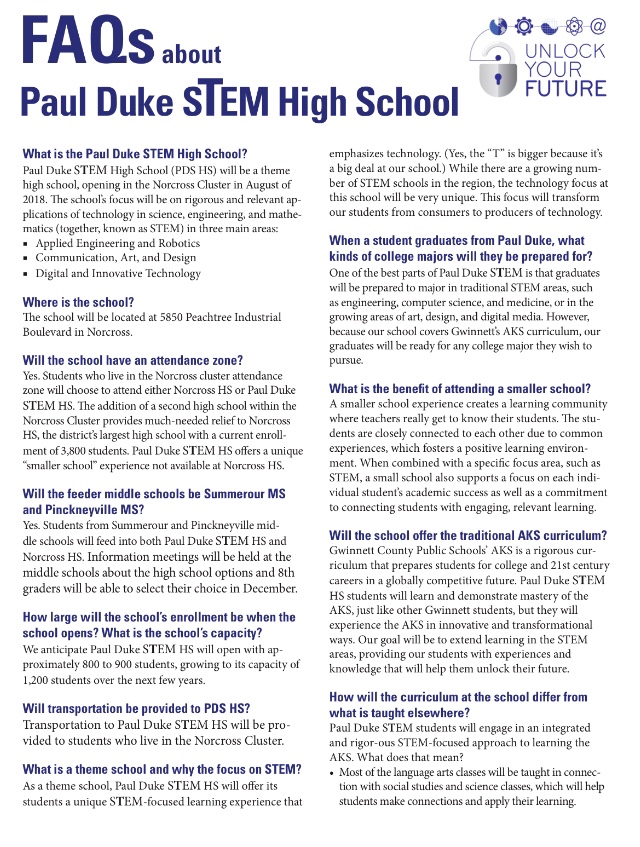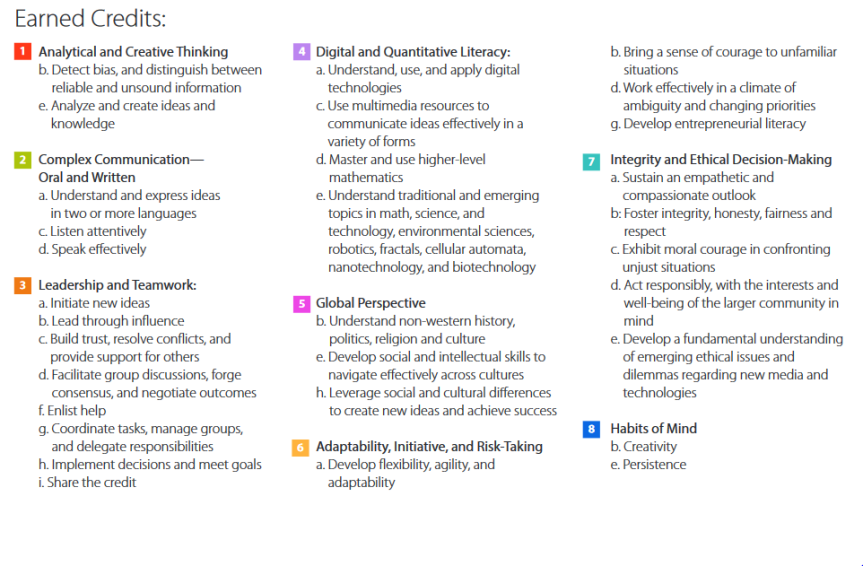This started as the third blog post in a series of conversation starters on a different way to structure the high school experience, and why Academy high schools are uniquely positioned to make the change. Then COVID 19 happened.
In two previous writings here and here, I proposed that we introduce students to high school with an overall checklist of goals for learning that ditches the standards approach. I dubbed it The List. The second post generated a great conversation on Facebook on the Modern Learners page that I gathered into a google doc here. There were two strong questions/statements that I wish to explore in more depth: Who creates The List? and, How do we balance It with student agency, and flexibility? Today’s blog post topic deals with who might create The List, and why current conditions may mean that it’s creation has already begun.
Here’s what has changed.
On March 12, we were sent home, and told we would be teaching from home for the next week due to COVID 19. As we all know, that week turned into ‘the rest of the year’. The scramble to teach online was real. It was exhausting. It was difficult and less than stellar for many reasons. It was also a real eye-opening lesson.
What are the critical takeaways/connections our kids needed to make during online learning? How do we keep students engaged online? How can we assess learning?
My school district, along with many others, has had to decide on what learning is going to look like this Fall. Face to face (F2F), digital learning (DL), or a blend of both. They gave choice to parents of the above via surveys, assuming F2F for any parent that did not respond. They sent surveys to teachers to find out who was planning to come to work, and who had reservations and needed to talk to someone. These actions cover attendance and health concerns.
As a teacher, my concern is what my students are going to be learning. I am concerned about relationship building, social-emotional issues, and math topics, pretty much in that order. So, what does this have to do with The List?
As of today, July 16, 2020, While I would prefer a digital-only start to my school (in Georgia), we are going F2F. The start date for F2F, as of today, has been pushed back a week to August 12. About 60% of our student population has chosen (or been assigned through not choosing) F2F. The others will be online. Teachers are being tasked with teaching the standards for their individual subjects, while students navigate masks, social distancing, one way halls, lunches in classrooms, rigid expectations for safe social behavior, and constant cleaning and sanitizing. Let’s not forget the restless political climate, sensitivity to stereotyping, and regular discipline issues.
The List in the current climate would allow us to identify Key Standards (also called power standards, something many of our teachers have already started), and streamline our lessons to reduce teacher and student fatigue. This could also assist in reducing the amount of interaction during F2F. I think we have a unique opportunity to work with our students to help them identify their passions.
Who creates The List?
My thoughts center around Who: the team that would actually create the initial list; and What: that there would be flexibility built into the list – that it would be able to grow and change with the student. Student agency will be covered in the next post, and I will spend a little more time on this statement from the very first post:
That first project is really where you learn how to do everything. The first few weeks of high school, you learn about the academies and you are encouraged to pick your project. There are lessons on how to break down your project by tasks. I took a quiz to find out what I was interested in for my first project. Some kids come in knowing what they want to do. I wish I had gone to the summer workshop. I could have started my project so much sooner!”
The List is a possibly powerful way to engage our students, create realistic learning targets, and relieve some of the classroom exposure burden created by the F2F mandate.
The benefits of The List in the current environment of reduced student contact and beyond.
- Students have clear targeted outcomes that they work on individually.
- Students learn as they need the information to complete projects
- Retention of knowledge is increased because students own and use the learning.
- More time is available for teachers to observe and help students, and for grading of projects and giving feedback; less time is spent lecturing/pushing the information.
- Students working on specific pathways are in specific areas of the building, staying limited to particular areas, not intermingling with 6-8 other classrooms of approximately 30 students each (on average) or in hallways with hundreds of students. Like home rooms, only based on the pathway, students are assigned to particular areas or classrooms in the building.
- Even when in school, teachers can hold zoom meetings synchronously with students at specific class times, wherever the students are in the building for any subject
- Computer areas can be set up in cubicle form using simple clear plastic dividers; students don’t change areas at all during the day.
For The List to be effective, the student must be courageous enough to identify their passions, which may be different from their best friend’s. While the initial list is the school’s, the parts that will be motivating and meaningful are chosen by the student:
I was wondering about the list that students were given at the beginning of their high school career…who generates the list? I read that students have choice in the order and way list gets completed, I’m wondering if the kids have any say over what is on the list? Noreene Thibault-Chen from FB discussion.
Since I’ve begun this particular thread, something of interest happened in my school district. A new STEM school opened, and it bears the hallmarks of what I have been speculating….


In this case, The List is actually tied to the student pathway. There are core items on these paths, but they are more embedded in the path than separate, unconnected classes. Think of the items on the List more like stations of learning on the way to a goal.
The List would contain core items, but also have specific steps /learning needs built into the pathways. The List will be created by the goal. Not all schools have to offer all goals. As the STEM high school is not for everyone, so too could there be other specialties, such as the Fine Arts hub being developed at another school in our district.
Bottom line, pathways and The List for that pathway, take the emphasis off of taking multiple classes each day that don’t seem related to anything. The focus would on connecting student learning to their future on a daily basis, and create real motivation for students as they work on creating evidence of learning based on their passion/goals.
Evidence of Learning
An important aspect of learning is assessment. The conversation around testing and test security are issues for F2F and online. Requiring students to demonstrate learning through digital products is an excellent assessment tool, and fits nicely with our current need for distancing protections. It works in F2F situations as well as online learning. It can be tied to all learning targets. It can be used in small group learning (via zoom or google meets) in class or out of it. It can be formative or summative. Teachers (and others) can clearly see the level of participation digitally, can provide immediate and individual feedback or questions.
One Possible Source Document for ‘The List’
 This is an example of the basic requirements, which could then be used to plan the personal journey of a student, based on the topics chosen as the student moves through the high school journey.
This is an example of the basic requirements, which could then be used to plan the personal journey of a student, based on the topics chosen as the student moves through the high school journey.
“It would not include courses or grades, but levels of proficiency in various areas. ” Inside Higher Ed
I encourage you to read the article, and check out the group’s website for yourself. I would rather focus on The List, what it might look like, and more importantly HOW it would be created, supported, and used.
Let us not mourn the ‘normal’ that we miss, but take the opportunity to look forward to the better that will come out of the change!
